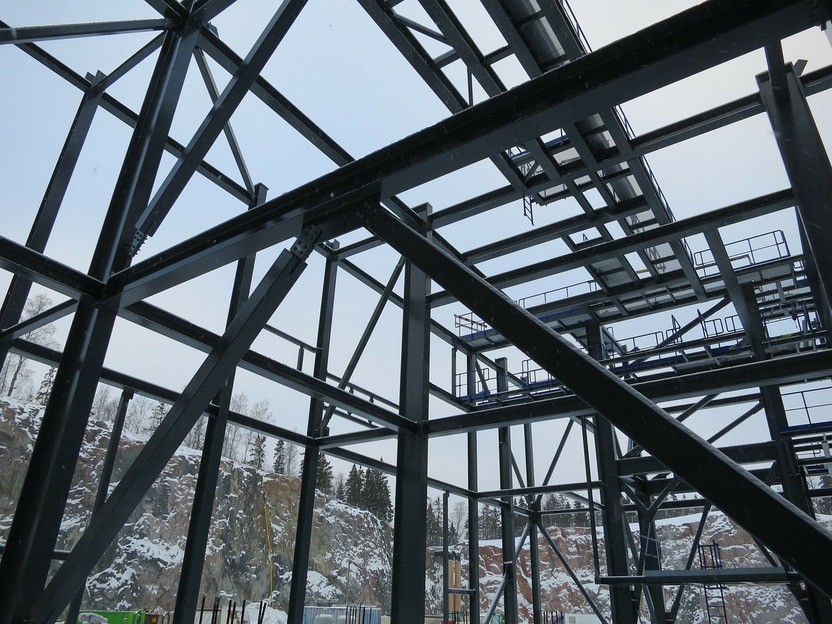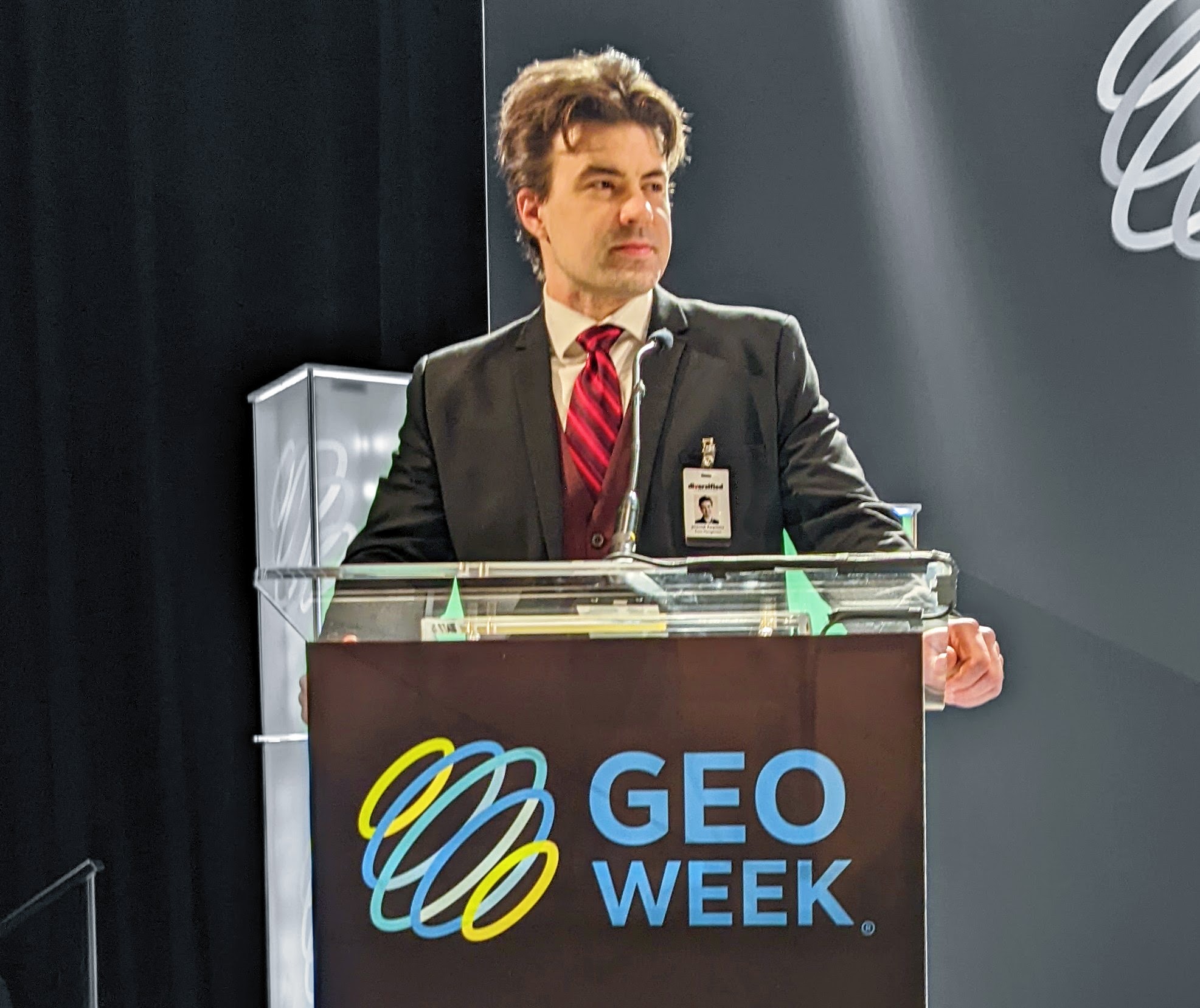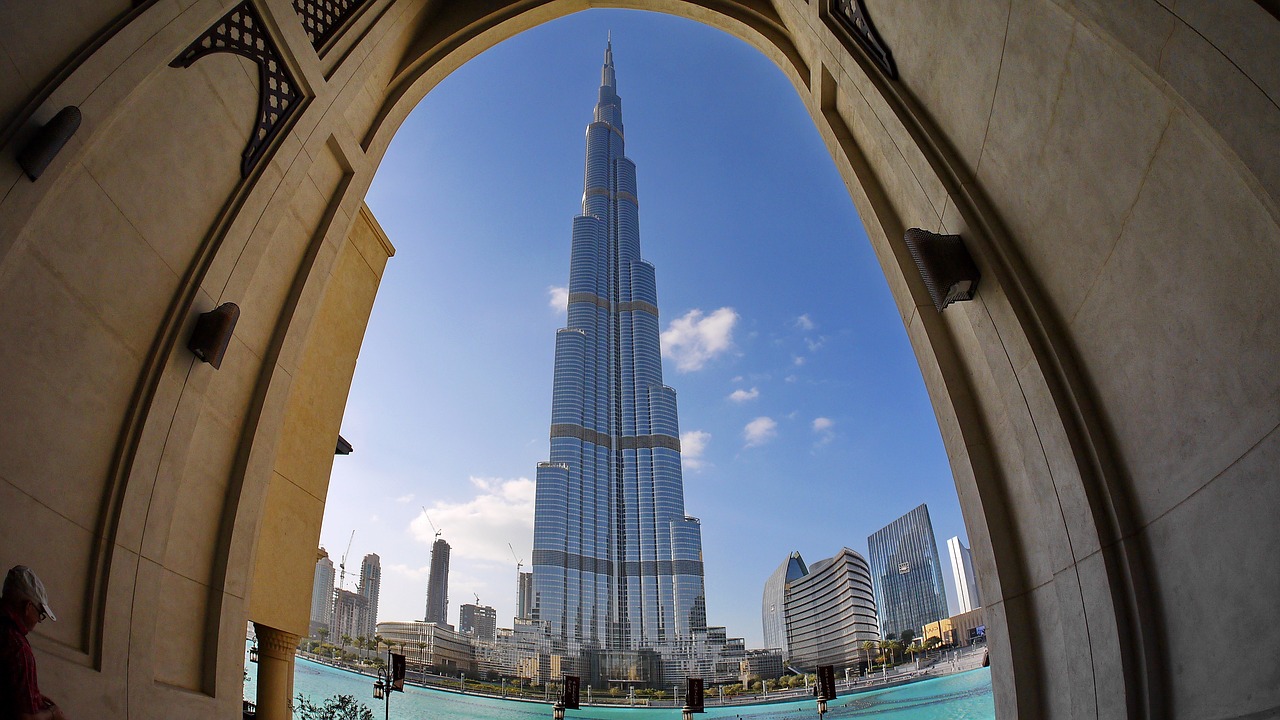Design impacts the AEC industry in an incredibly powerful and unique manner. An architect can design the most amazing project ever, but if that design isn’t practical, none of it matters. The balance between creativity and constructability is one that is inherent in AEC, and it’s fascinating to consider what that means for projects of all types and sizes, since such considerations factor into whether or not a project can be seen as an example of creatively driven design or technically driven design.
 Speaking as a person who appreciates building projects like the Burj Khalifa just as much as monument projects like the Spring Temple Buddha, it feels like that kind of breakout is possible. Technical needs and requirements would seem to dominate any building project, while the creative considerations for a monument project appear to take precedence over anything and everything else.
Speaking as a person who appreciates building projects like the Burj Khalifa just as much as monument projects like the Spring Temple Buddha, it feels like that kind of breakout is possible. Technical needs and requirements would seem to dominate any building project, while the creative considerations for a monument project appear to take precedence over anything and everything else.
However, any expert can see and talk through the creativity that becomes an inherent part of a building project, while the technical needs associated with monument projects are as evident as they are indispensable. If the overlap between design and technical priorities is apparent in extreme examples like these, is it possible or even wise to consider how these elements can and do break out for any project? In what way does the creativity that’s inherent in a monument project impact issues around constructability?
These are the sorts of questions I’m looking to explore with AEC experts in order to ascertain how creativity & constructability can or should be balanced, or even whether or not that perspective is a useful one to consider. The process to do so has been especially enlightening, since it has provided answers which completely reshape those questions.
Is There Really a Creative|Technical Divide in AEC?
When it comes to figuring out whether or not this topic is one that can be legitimately explored, there are few better experts to talk through it than Dennis Shelden. He is currently the Director of the Digital Building Lab at Georgia Tech, but his experience as the co-founder & CTO at Gehry Technologies has given him a perspective that is practically unmatched in the industry. Additionally, he holds three degrees from MIT that span across architecture, engineering and computing. Suffice to say, the balance between creativity and constructability is one he’s directly and indirectly dealt with his entire career.
“At some level, I hate the possibility that there’s any truth in this kind of dichotomy between creativity and execution,” said Shelden.” I don’t like to think about there being solely creative people in the world and solely technical ones, but there are some cases where it feels like it could break out that way. Gehry Technologies was formed initially formed to provide such a technical accelerator to clients specifically including designers, as a way of allowing them to outsource technical expertise in BIM, automation and design to fabrication.”

RUR Architecture DPC
Whether or not you could qualify an architect or a specific project as being an example of a technically driven design is a point of discussion, but a building like the O-14 would appear to be a relevant example of technically driven design, since the goal with the project was to enable the creation of more open-plan office spaces in the building, which meant the technical needs and requirements of the project took priority. To do so, the building relies on an exterior shell of concrete, which allows the interior of the building to be relatively open and column-free. Of course, solving that technical challenge enabled the designers to get creative with the exterior appearance of the building, which could just as easily make it an example of creatively driven design.
That kind of performance aesthetic might be the most useful concept to focus on when talking about this balance between creativity and constructability, because it’s the core issue that stakeholders on every side of a project are concerned with. While a building might feel more technically focused and a monument might seem more creatively inclined, the true priority is around something much more important.
“Architecture isn’t inherently less creative than other forms or art, but buildings do have a lot more performance requirements,” Shelden continued. “Certain projects and even architects are focused on an aesthetic that springs from performance. The performance aesthetic is an essential element in the development of systems that become drivers of the architectural composition.”
 To illustrate that point, Shelden mentioned the performance aesthetics of the Disney Concert Hall, considered by many to be one of the great concert halls of the 20th century. A quick glance at this unique looking building might make it seem like the surface level aesthetics were the only consideration, but the building is in fact fundamentally organized around its functional performance as an acoustic space. That fact is evident when you consider the acoustic tests that were performed on a one-tenth-scale model in the construction of the building. There are various examples of buildings that have this kind of performance aesthetic which is ultimately driven by a system.
To illustrate that point, Shelden mentioned the performance aesthetics of the Disney Concert Hall, considered by many to be one of the great concert halls of the 20th century. A quick glance at this unique looking building might make it seem like the surface level aesthetics were the only consideration, but the building is in fact fundamentally organized around its functional performance as an acoustic space. That fact is evident when you consider the acoustic tests that were performed on a one-tenth-scale model in the construction of the building. There are various examples of buildings that have this kind of performance aesthetic which is ultimately driven by a system.
When it comes down to it, there’s probably not much use or point in saying that a given project is an example of either a creatively driven design or technically driven design, because those kinds of distinctions really don’t exist for professionals. Nonetheless, there’s no denying that the tools that have been developed in recent years have impacted the way in which the creative and technical details on a project can be worked out on paper and in reality.
Driving a Synthesis
The tools used by the professionals in AEC have undoubtedly undergone a massive change over the past decade. Software programs like AutoCAD, ArchiCAD, SketchUp Pro and plenty of others have created new opportunities for professionals by allowing them to bring to life concepts and ideas in an especially powerful manner.
“The new tools really gave us an effective way to manipulate things like cost and constructability,” Shelden explained. “The software becomes a way of packaging these concepts. If you’re going to synthesize a whole bunch of different requirements, it’s great to have tools that are driving that effort. That’s really what’s fundamentally important about emerging software tools as they apply to creative design– they provide unprecedented access to a pallet of technical and performance concerns as part of the creative process.”
The synthesis Shelden is talking about is in many ways an illustration of how and why a divide between creativity and constructability are less pronounced than ever, since these tools allow users to more easily consider all of these elements. They enable designs to be value-engineered, which means there are fewer surprises at the end of the day.
What’s especially interesting is how these tools have opened up opportunities for certain professionals that wouldn’t have existed otherwise. New software programs have given users the ability to work out the technical complexity of their design in a way that was previously impossible. They have given people who don’t have as strong of a grasp of these technicalities the opportunity to be on the same level as those who do. That said, these tools don’t represent a way around something that needs to be an inherent part of a project.
“What I really don’t want people to think is that they can say something along the lines of, ‘I don’t want to mess with this technical stuff, so I’ll be a creative’,” Shelden continued. “I think that the people who really want to have design make an impact in the world have to come to terms with all this technical content, and the tools are making that easier and easier.”
Creative people don’t need to be complete experts at everything, but they have to care about numerous details that are beyond creative aesthetics. New tools are making it easier for them to do so, but it can’t be at the expense of a synthesis that is always an essential element of any successful project.
Pushing the Limits
New techniques and tools are opening up incredible opportunities, but they’re also enabling a concept that visionaries visionary designers to push their craft to the limit, and the desire to create something that works on a creative and technical level by utilizing these new tools represents a true watershed moment for professionals.
“What’s amazing about Gehry’s process from the perspective of building technology, is that he constantly creates new interpretations of conventional systems,” Shelden said. “He’s finding the limits of the elasticity and possibility of these systems.”
Pushing those limits isn’t just a question of physical space or attributes. It’s a cognitive issue. Any given system has a limit to its design, and when you push those designs to their edges, interesting things can happen. That happens on a creative and technical level when these new tools are being utilized during the design phase, but the ramifications of this process are felt in reality.
 “When the engineers got involved with the Sydney Opera House project after Jørn Utzon won the competition, they found out they couldn’t make it happen in the shape that he envisioned.” Shelden said. “It wasn’t that it couldn’t be built or that it couldn’t stand up, but they didn’t have the engineering tools that could describe the form of that building in a way that could be analyzed. That’s really what’s interesting about these tools. They’re creating a very different vocabulary and a very different level of expressiveness, not just in terms of form, but even from a perspective of engineering and fabrication.”
“When the engineers got involved with the Sydney Opera House project after Jørn Utzon won the competition, they found out they couldn’t make it happen in the shape that he envisioned.” Shelden said. “It wasn’t that it couldn’t be built or that it couldn’t stand up, but they didn’t have the engineering tools that could describe the form of that building in a way that could be analyzed. That’s really what’s interesting about these tools. They’re creating a very different vocabulary and a very different level of expressiveness, not just in terms of form, but even from a perspective of engineering and fabrication.”
Limitations around what could be achieved on either a creative or technical level are being pushed in all new ways with these new software programs, and they’ve opened up an incredibly interesting interplay between rationality and irrationality that we can see in projects like the Sydney Opera House as well as the Infinity Tower. The world is exploding with possibilities, and it’s getting professionals to ask questions associated with creative and constructability issues that never would have been considered in the past. However, these kinds of developments and opportunities are just an element of a much bigger initiative that is revolutionizing the industry.

Casting a New Relationship Between Design and the World
As head of the Digital Building Lab at Georgia Tech, Dennis Shelden is bringing a concept that he’s been interested in and working on for the past few years to the forefront. He’s now focused on what it will mean to enable connections and communication between people and projects in the broader industry.
“What we’re doing at the Digital Building Lab is seeing how we can take this concept of design collaboration to the cloud,” Shelden explained. “We want to understand what kind of an impact that can have on the continuum of the design supply chain. Can we have various constituencies collaborate in a continuously connected fashion? Can project collaboration become as fluid as social interaction on Facebook? These are the questions we’re asking and looking to answer.”
This work follows directly in the footsteps of Digital Building Lab founder Chuck Eastman, whose own career is just as renowned as it is noteworthy. Collaboration connectivity, especially when applied to these new paradigms around the scaling of data, is set to enable a revolution in the industry and completely change the expectations for people on every side of AEC. That includes expectations around creative and constructability details, but is ultimately about so much more.
“The ability to connect not just people, but to things and to potentially cast a new relationship between design and the world is something I find fascinating,” Shelden said. ”I think that the ability for design and simulations to connect directly to the world to create a whole new relationship between architects and the communities that designers service is incredible. We’re at a unique moment in time where technology is coming into the built environment that’s presenting a whole new host of opportunists for everybody in this space.”
The business of AEC operations is being transformed by technology, and in many ways elements like the interplay between creativity and constructability will actually transform that technology itself. What it means to collaborate will take on a whole new meaning as design collaboration migrates to the cloud.
This unique moment in time has created a new role for the built environment, and it will be fascinating to watch how the creative and constructability elements of this environment take shape across it.






